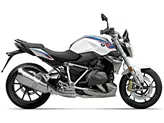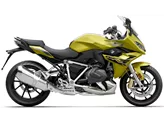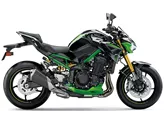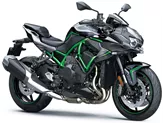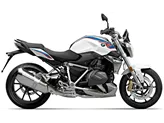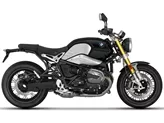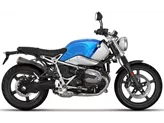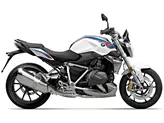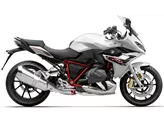BMW R 1250 R 2019 vs. Kawasaki Z1000 2010

BMW R 1250 R 2019

Kawasaki Z1000 2010
Overview - BMW R 1250 R 2019 vs Kawasaki Z1000 2010
The BMW R 1250 R 2019 and the Kawasaki Z1000 2010 are both naked bikes that offer powerful performance and a sporty look. However, there are some notable differences between the two models.
In terms of engine specifications, the BMW R 1250 R 2019 is equipped with a Boxer engine that produces 136 HP, while the Kawasaki Z1000 2010 features an inline engine that delivers 138 HP. Both bikes have a similar number of cylinders, with the BMW having 2 cylinders and the Kawasaki having 4. The cooling system is also different, with the BMW using a liquid-air cooling system and the Kawasaki using a liquid cooling system. In terms of displacement, the BMW has a larger engine at 1254 ccm compared to the Kawasaki's 1043 ccm.
When it comes to suspension, both bikes are equipped with Upside-Down telescopic forks at the front. However, the rear suspension on the BMW offers adjustment options for preload and rebound, while the Kawasaki offers additional adjustment options for compression. This gives the Kawasaki a slight advantage in terms of fine-tuning the suspension to suit individual preferences.
In terms of chassis, the BMW R 1250 R 2019 has a steel frame that is load-bearing, while the Kawasaki Z1000 2010 features an aluminum frame with a double cradle design. Both frames offer good stability and handling, but the aluminum frame on the Kawasaki may provide a slightly more lightweight and agile feel.

BMW R 1250 R 2019
When it comes to braking, both bikes are equipped with double disk brakes at the front, with four pistons and radial technology. However, the Kawasaki also features a petal design, which may offer improved heat dissipation and braking performance.
In terms of dimensions and weights, the BMW R 1250 R 2019 has a slightly wider rear tire at 180 mm compared to the Kawasaki's 190 mm. The wheelbase on the BMW is also longer at 1515 mm, providing more stability at higher speeds. The seat height on the BMW is slightly higher at 820 mm compared to the Kawasaki's 815 mm. Additionally, the BMW has a larger fuel tank capacity at 18 liters, while the Kawasaki has a smaller capacity at 15 liters.
In terms of strengths, the BMW R 1250 R 2019 offers a powerful boxer engine with a good sound, as well as a comfortable seating position. It also comes standard with ABS and traction control, as well as riding modes for different riding conditions. The bike has a sporty look that is appealing to many riders.

Kawasaki Z1000 2010
On the other hand, the Kawasaki Z1000 2010 offers a satisfying riding experience with plenty of power and a pure pull. It has a good chassis and provides comfort for long rides. The bike also has a sophisticated design and features tightly tuned suspension elements, resulting in more direct handling.
In terms of weaknesses, the BMW R 1250 R 2019 has a long surcharge list, which may increase the overall cost of the bike. Visually, it may not offer anything new compared to previous models.
The Kawasaki Z1000 2010 has a slight weakness in terms of brake inputs, although they are still considered quite acceptable.
Overall, both the BMW R 1250 R 2019 and the Kawasaki Z1000 2010 are powerful and capable naked bikes that offer a thrilling riding experience. The choice between the two ultimately depends on individual preferences and priorities, such as desired features, design, and budget.
Technical Specifications BMW R 1250 R 2019 compared to Kawasaki Z1000 2010
Pros and Cons in comparison
Pros and Cons in comparison
BMW R 1250 R 2019

What could be better than getting even more power and torque in an already powerful naked bike! The predecessor, the R 1200 R, with its 125 hp and Newton metres of torque, could already be ridden very sportily, but the enlarged R 1250 R, now with 136 hp and a massive 143 Newton metres, pushes the boxer power to its current peak. The special thing about the R 1250 R, as with its predecessor, is that thanks to the extensive range of accessories it can also convince on tours. The new engine with ShiftCam valve control is not only more powerful but also more refined. The chassis and brakes are also convincing, and the seating position is pleasantly upright, allowing a wide range of riding styles, from sporty push-off to long-distance touring.
Kawasaki Z1000 2010
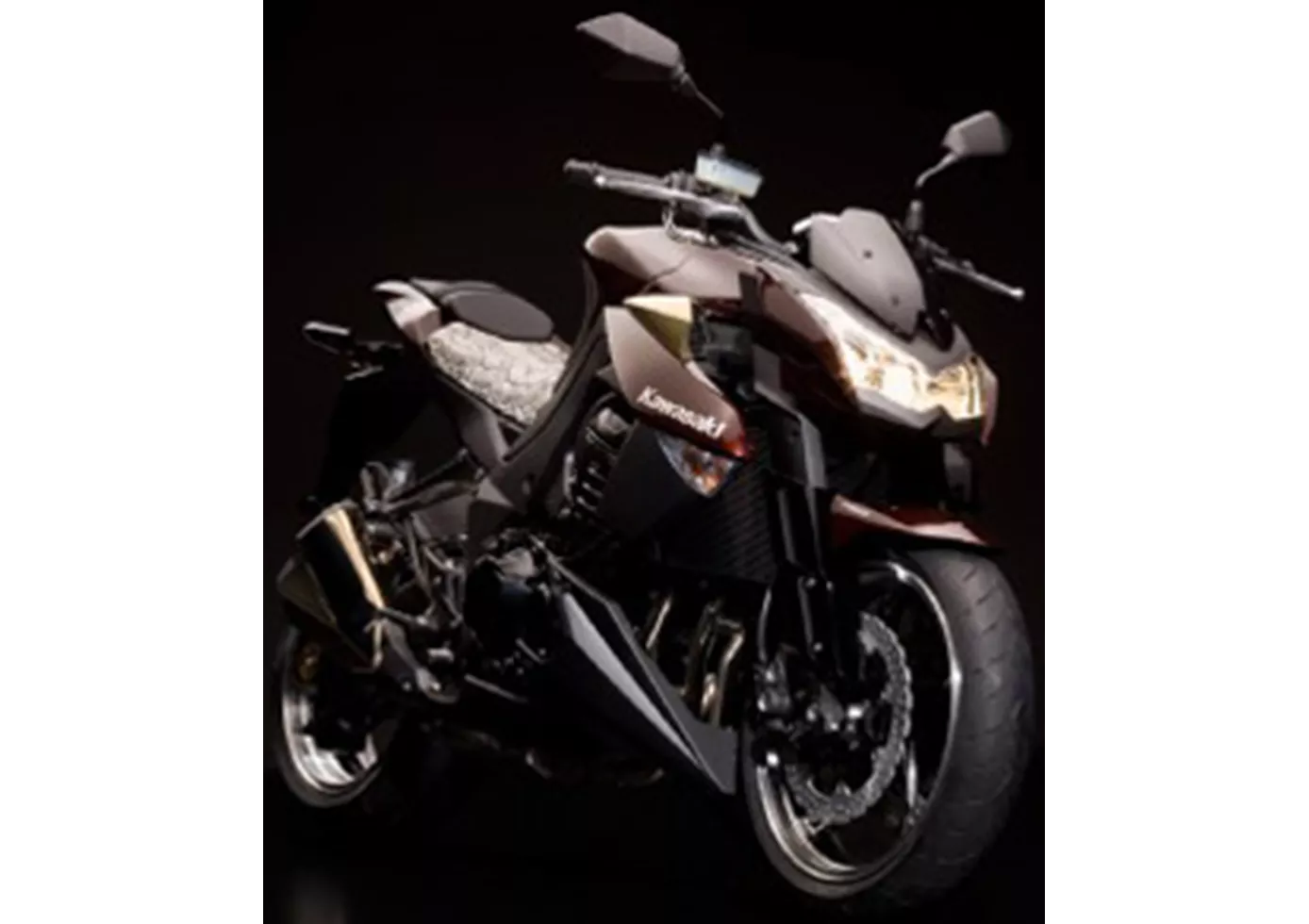
Some made a noble impression at first glance, but the Japanese managed to screw up the whole bike by fitting a single rancid part (exhaust, indicators, swingarm, fork,...). Kawasaki brings the Z 1000 in 2010 all new and all serious.
Price Comparison Avarage Market Price BMW R 1250 R vs Kawasaki Z1000
There are a few key differences between a BMW R 1250 R 2019 and a Kawasaki Z1000 2010. There are the same number of bikes of both models available on the 1000PS.de marketplace, specifically 15. It takes less time to sell a Kawasaki Z1000 with 65 days compared to 83 days for the BMW R 1250 R. Since model year 2019 1000PS.de editors have written 11 reviews for the BMW R 1250 R and 41 reviews for the Kawasaki Z1000 since model year 2005. The first review for the BMW R 1250 R was published on 06/11/2018 and now has more than 73,800 views. This compares to more than 5,800 views for the first review on Kawasaki Z1000 published on 02/09/2002.






